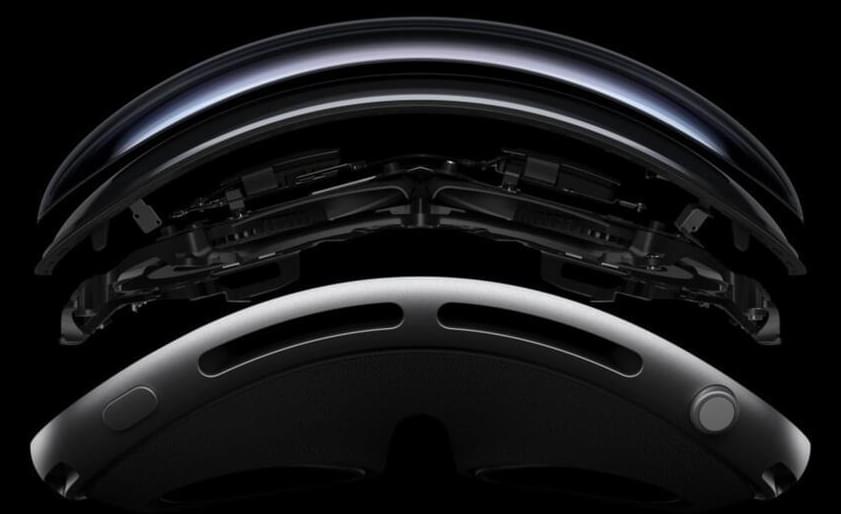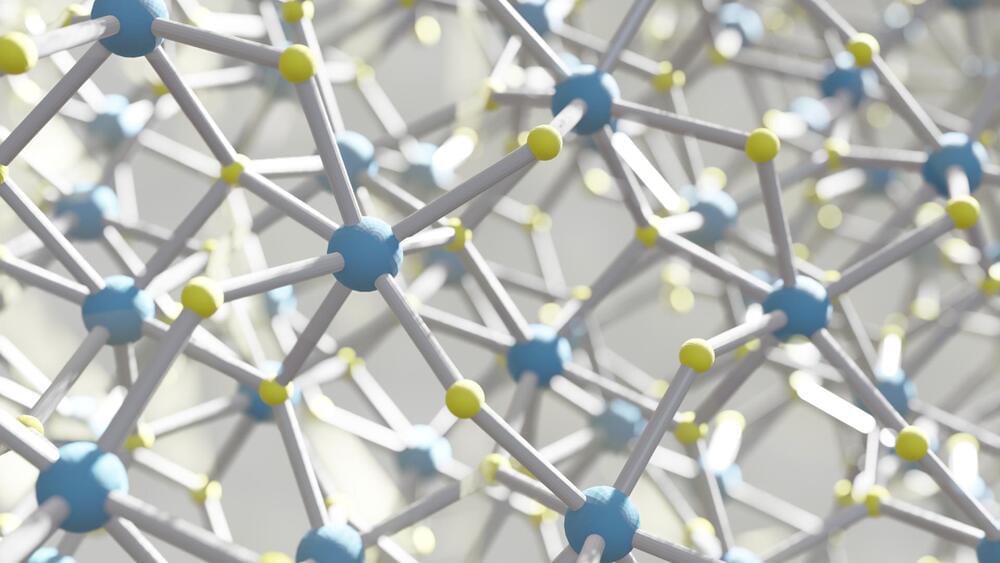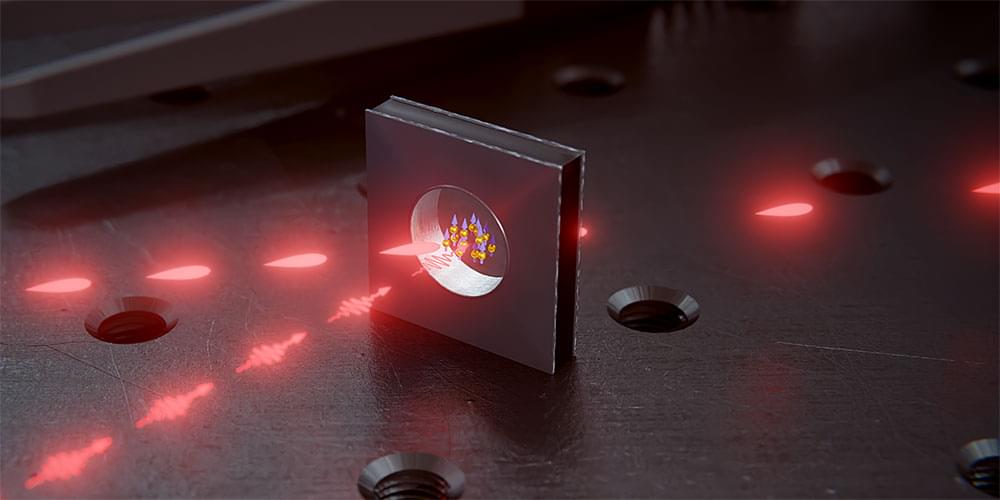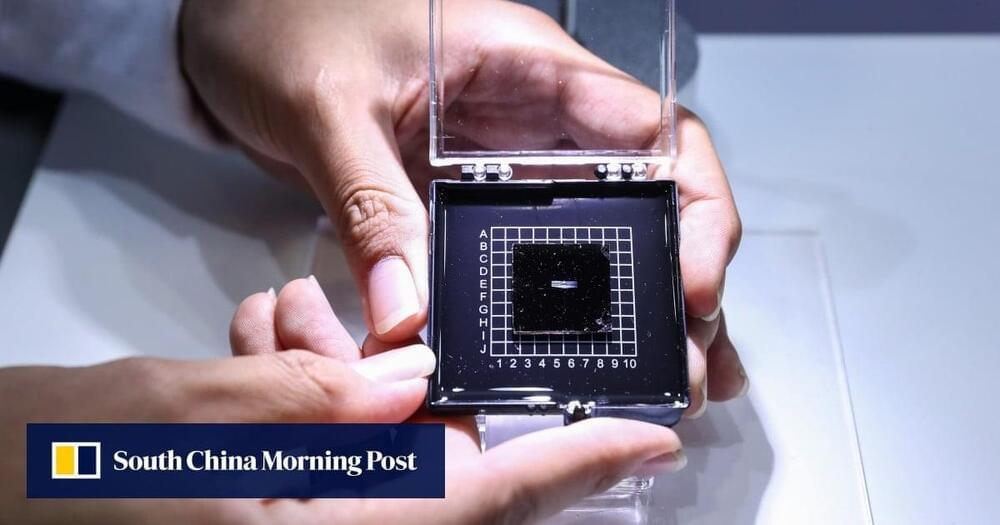Light can behave in strange ways when it interacts with materials. For example, in a photonic material that consists of periodic arrangements of nanoscale optical cavities, light can slow to a crawl or even stop altogether. Theorists have explained this phenomenon for some of these photonic “metacrystals” using the simplifying assumption that the light in each cavity interacts only with the light in its nearest neighbor cavities. But recent observations of photonic metacrystals with larger unit cells suggest that longer-range interactions should also be considered. Now Thanh Xuan Hoang at the Agency for Science, Technology and Research in Singapore and collaborators have theoretically confirmed the importance of long-range interactions for slowing or stopping light in a one-dimensional photonic metacrystal [1]. The team says that the finding could be used to help researchers design nanoparticle arrays for analog image processing and optical computing.
For their study, Hoang and his collaborators modeled the light–matter interactions within a row of identical dielectric nanoparticles whose diameters were similar to the wavelength of the light. Such a system is relatively tractable with precise solutions, making it a useful tool for investigating the long-range effects hinted at by recent experiments.
When the researchers extended their one-dimensional system to hundreds of nanoparticles, they found that they could collectively excite the particles by oscillating a nearby electric dipole. The resulting system displayed a resonant state that slowed a specific wavelength of light. This outcome occurred only when long-range interactions between particles were permitted. Hoang likens the dipolar emitter to the conductor of an orchestra and the particles to musicians. The nanoparticles harmonize under the conductor’s direction to create a cohesive piece, he says.








